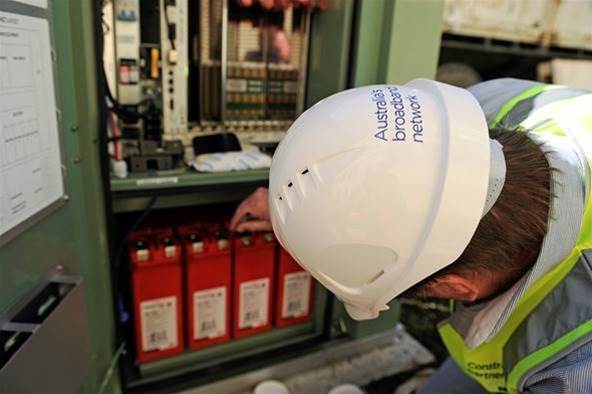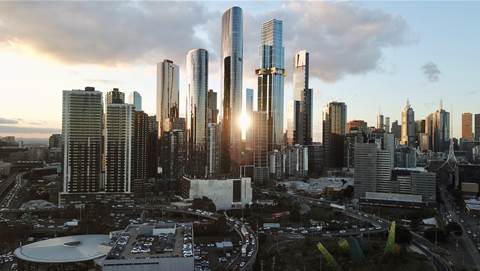NBN Co has raised the ambient temperature inside its aggregation nodes and found a way to automatically switch off unused line cards in node cabinets under a broader push to reduce energy costs across the network.

The facilities engineering efforts were briefly revealed in the network builder’s latest annual report, but iTnews can now offer more detail on several of the key projects.
One of the initiatives saw the company adopt a “higher temperature point in our aggregation node sites to reduce our energy consumption”.
The aggregation nodes are NBN Co’s TANDs (Ten Access Nodes/Depots). The TANDs provide "core networking and data management capabilities" and can be found in five capital cities.
The operating temperature of the TAND aggregation nodes has been increased from 18 to 21 degrees Celsius.
“We have done this by improving airflow management using hot/cold aisle air containment measures, including the installation of doors at the end of aisles, to more effectively and efficiently manage equipment cooling,” an NBN Co spokesperson told iTnews.
The operators of data centres and similar facilities have generally relaxed traditionally stringent rules on how hot they allow their facilities to operate.
The limit has traditionally been imposed by the equipment makers themselves; operating gear outside the vendor’s recommended temperature range would void the warranty.
NBN Co’s annual report showed the company is also looking deeper into its network to cut energy consumption.
The annual report suggested NBN Co is “building capability to turn off idle equipment” within its fibre-to-the-node DSLAMs and optical line terminals (OLTs).
It is understood the capability will allow NBN Co to automatically identify and power off idle line cards across its network until they are needed for production use.
Currently when a new street node is provisioned, all line cards within the node are active and powered on.
However, they may not be utilised fully until end user demand for services connected to that node increases.
In addition, some line cards are designated “spares” that can be hot-swapped if another line card fails.
NBN Co is targeting “considerable” energy savings from powering down line cards across the network, though it did not elaborate on its targets.
Elsewhere, NBN Co said it was “incorporating energy efficient requirements into equipment
Sourcing” for its forthcoming fibre-to-the-curb (FTTC) network.
It also said it was “sourcing more energy efficient video wall screens” for the company’s National Operations Centre (NOC).
NBN Co said that some of the actions were overseen by an ‘energy and carbon
leadership committee’ that had been set up to help “develop an energy efficient and low
energy cost NBN”.
Correction, 5/10, 10.29am: The article incorrectly defined the aggregation nodes as the hosts of NBN Co's 121 points of interconnect. The aggregation nodes are in fact TANDs (Ten Access Nodes/Depots) rather than PoIs.

















.png&h=141&w=208&c=1&s=1)

